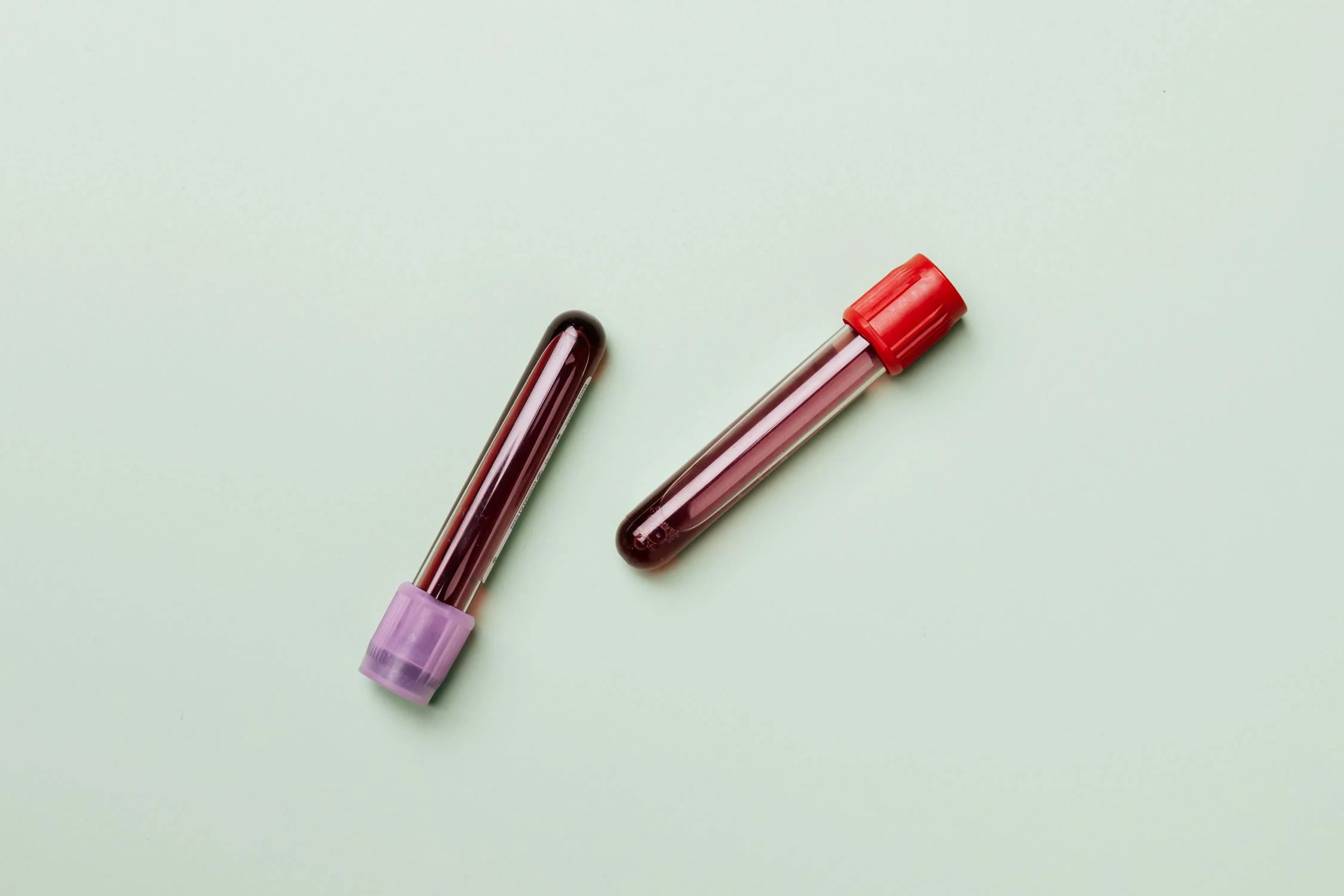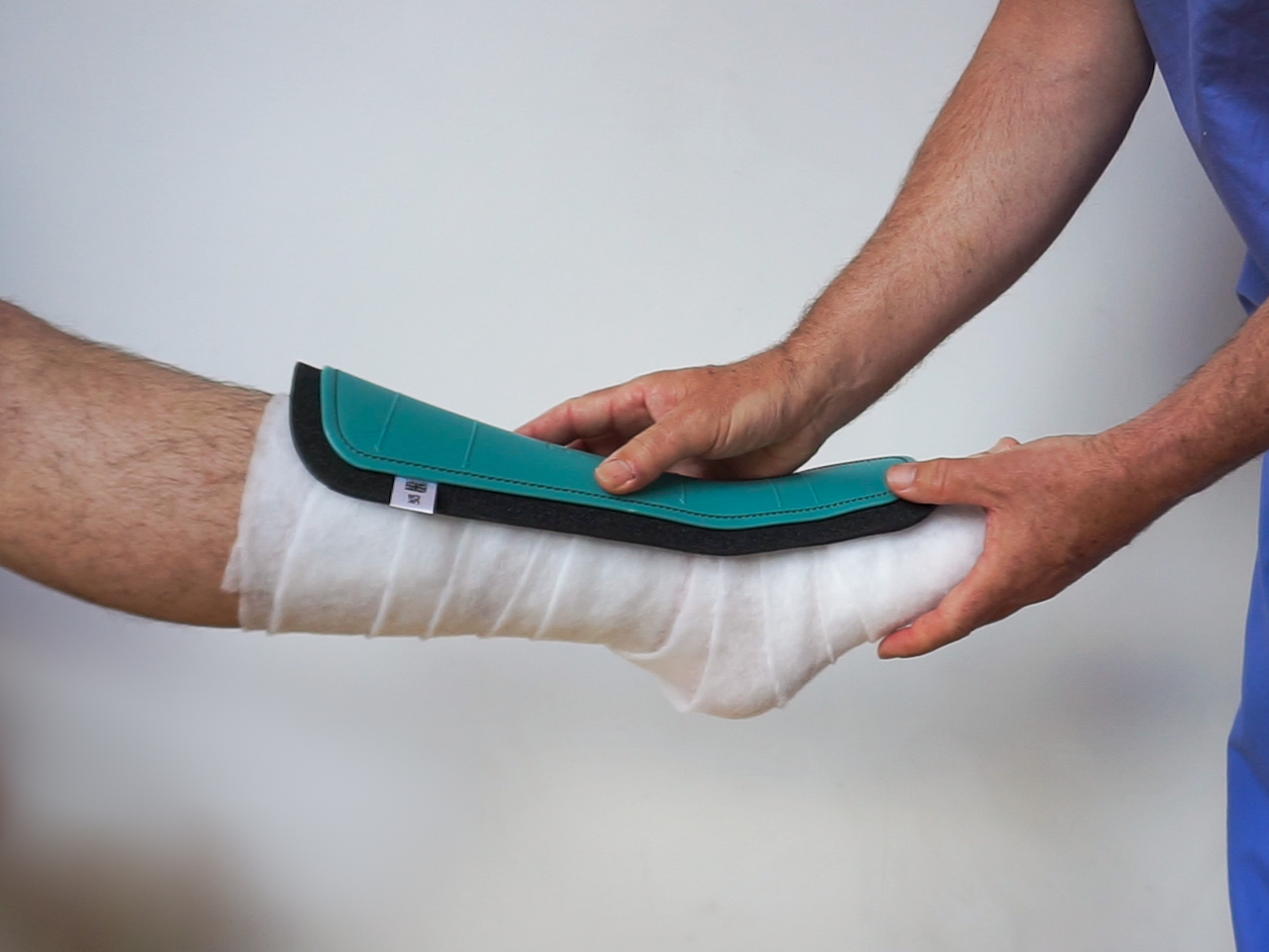
Blood Thinners After Achilles Rupture Recovery
Key Message: you should consider blood thinners after Achilles tendon rupture, and discuss with your medical team how long to take them for.
Thrombosis is common after Achilles tendon rupture.
A thrombosis is a blood clot in a vein that blocks the circulation, usually in the leg (DVT = deep vein thrombosis). It manifests as swelling and discomfort. Thrombosis has the potential to cause serious illness (even death) if the clot in the vein spreads to the heart or lungs. This spread is called a pulmonary embolus (PE).
Any injury or operation can be complicated by thrombosis. This is partly because when you are resting the injured leg (particularly if plastered or using crutches) the circulation is slow. This is one factor that makes the blood clot.
Of all lower leg injuries, Achilles tendon rupture is one with (probably) the highest rate of thrombosis problems.
Studies vary in the way they look for clots, and so the figures range widely. Some studies found a very low rate of thrombosis after Achilles rupture (even 0%); others, however, report that thrombosis can be detected in 60% of Achilles rupture patients.
Does it matter if I get a blood clot?
Some small clots clear up by themselves. Larger ones give leg swelling and if they break away and float into the lungs the effects can be devastating – including leading to death. There are also studies which show that patients who suffer a thrombosis during recovery from a healing Achilles tendon rupture fare worse in terms of their leg function in the long term.
Preventing a thrombosis
1. Prompt injury diagnosis and early walking
After a suspected Achilles tendon rupture you will be given crutches, and the leg splinted or plastered, until you see a specialist. This can take 2-3 weeks.
Hospitals where, for Achilles tendon ruptures, the Thetis Trauma splint is used (instead of a plaster cast) the time taken to be seen, have a scan and make a plan (surgery or not) is less than a week.
Walking in an orthopaedic boot is a good way to boost circulation, and thereby reduce the risk of a blood clot. Speeding up this first phase of recovery can therefore only help to prevent blood clots.
However, one factor that does not seem to affect the rate of DVT is early physiotherapy or the use of a boot with hinges.

The Achilles Tendon Rupture Trauma Splint from Thetis Medical
2. Preventative measures
Another way to help reduce the chances of thrombosis problems is to use blood thinning medication. Daily injections are frequently used. This is fine for a week or two, and for some injuries that is all that is required. However, the risk of thrombosis is thought to last longer in cases of Achilles tendon rupture. Blood thinners may therefore be prescribed for an extended period e.g. 6 weeks.
Six weeks of injections is a lot to put up with. The injections sting and they bruise the injected area. Thankfully there are tablets that do the same job. The problem is that these are not officially licensed for use after Achilles tendon rupture. Your hospital would be required to have special permission from pharmacy to “bend the rules” – even though using the pills instead of injections is no more costly and is only common sense.
One hospital that switched from injections to tablets saw the chances of thrombosis fall from 6% to 0% in Achilles tendon rupture patients (https://www.bofas.org.uk/clinician/news-events/news-events-reader/dvt-and-achilles-tendon-rupture-a-better-pill-to-swallow)
NEW Thrombosis Study in the UK (FATE Study)
The British Foot and Ankle Society (www.bofas.org.uk) has recently completed a national study of thrombosis problems after surgery or injury to the foot and ankle. Achilles rupture patients were a special group in this study. This special category for Achilles rupture shows that foot and ankle surgeons recognise the raised risk that this type of injury brings.
The FATE study results will be published in the next few months.
In at least one hospital, routinely using tablets instead of injections for prevention, there were zero cases where a thrombosis problem was detected within 6 months of the Achilles rupture.
References:
- Incidence of Deep Vein Thrombosis and Pulmonary Embolism after Achilles Tendon Rupture
Arush Patel, MD, Brent Ogawa, MD, Timothy Charlton, MD, and David Thordarson, MD
Clin Orthop Relat Res. 2012 Jan; 470(1): 270–274.
Comment: DVT is common if you look for it. How many small clots are dangerous is unknown.
- Risk of Deep Vein Thrombosis After Acute Achilles Tendon Rupture: A Secondary Analysis of a Randomized Controlled Trial Comparing Early Controlled Motion of the Ankle Versus Immobilization
Kristoffer Weisskirchner Barfod, MD, PhD,*† Emil Graakjær Nielsen, MD,‡ Beth Hærsted Olsen, MD,‡ Pablo Gustavo Vinicoff, MD,‡ Anders Troelsen, MD, PhD, DMSc,§ and Per Holmich, MD, DMSc†
Orthop J Sports Med. 2020 Apr; 8(4): 2325967120915909.
Comment: Despite the notion that early muscle activity would bring a better recovery, this paper showed no benefit from Early Controlled Motion

- Deep venous thrombosis after Achilles tendon rupture is associated with poor patient-reported outcome
Simon Svedman, Gunnar Edman & Paul W. Ackermann
Knee Surgery, Sports Traumatology, Arthroscopy volume 28, pages3309–3317 (2020)
Comment: this study shows that patients with a DVT are more likely to have a poorer outcome from their Achilles rupture.